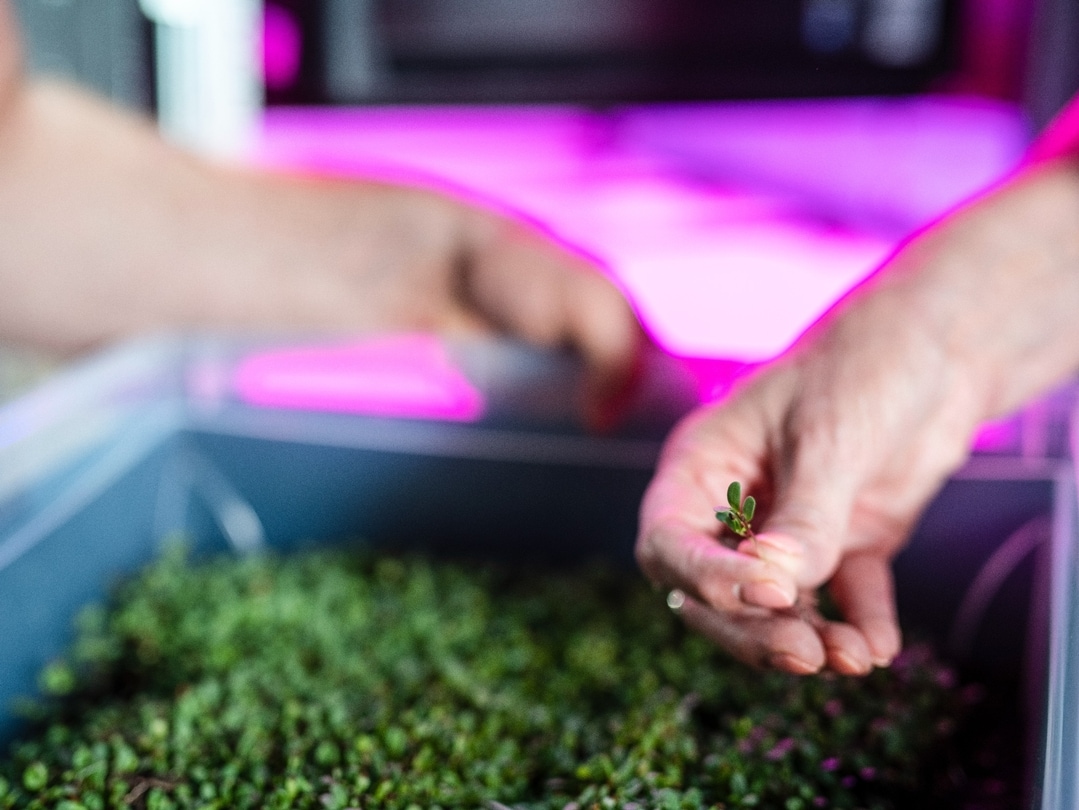The light requirement of plants is now known to be far more complex than originally thought leading to the development of numerous LED technologies that produce a variety of different light spectra, both monochromatic and polychromatic. The worthwhile inclusion of some wavelengths in light recipes are as yet experimental, but one area of the spectrum that cannot be ignored is the far-red region. Far-red encompasses wavelengths 700 – 800 nm, a region of light that is on the edge of visibility in humans. However, these wavelengths have been proven to result in faster growth, increased biomass and better sensory characteristics (e.g. smell, taste, texture, color). But why are wavelengths that aren’t used in photosynthesis so influential on plant development? Unlike people and animals, plants are unable to move. Their sessile existence means that without any outside influence, plants will grow and live in the same place for all of their existence. This may seem like a simple observation but the consequence for plants is that they must be able to tolerate and survive when their immediate surroundings change to less favorable conditions. Responses to limited resources such as water, nutrients and light, in addition to circadian and circannual cycles are essential for plant survival. These responses can be manipulated to achieve favorable growth characteristics. This application note describes why these survival techniques evolved and why far-red wavelengths are essential for plant luminaires.
Download: ANO004
